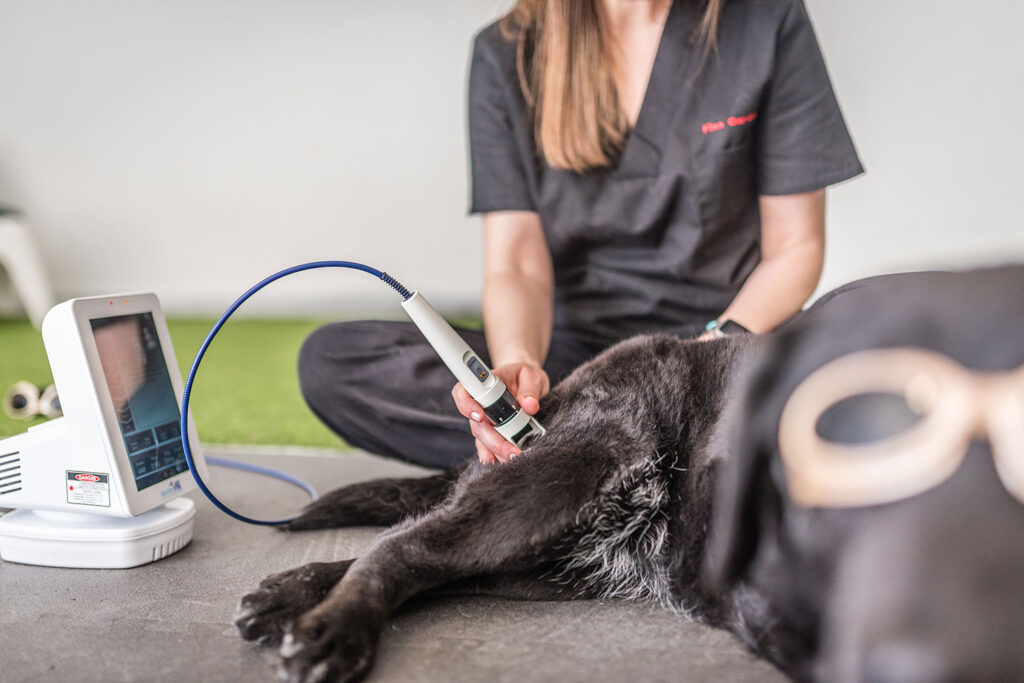Pain is defined by the International Association for the Study of Pain (IASP) as “an unpleasant sensory and emotional experience associated with actual or potential tissue damage”. The purpose of pain is to protect the body from a situation that could be harmful for the body. When this pain is chronic, it is considered as a disease that provides no benefits to the body1.
In fact, chronic pain can lead to stress and a series of reactions that evoke changes in the levels of cortisol, catecholamines and other hormones. This stress produces a release of certain cytokines and growth factors related to increasing the inflammatory process.
Furthermore, the release of certain inflammatory substances causes nerve ending irritation that leads to increased pain.

Laser therapy helps to control many of the mechanisms through which pain is produced, causing an analgesic effect. One of these is the control of inflammation, regulating the release of irritants.
This is related to the release of β-endorphins, associated with the inhibition of the P substance (pain signal neurotransmitter) and regulating ion channels such as TRPV12.
These endogenous endorphins reduce the production of GABA and increase the production of dopamine.
Another of the compounds that has been seen to increase was serotonin and acetylcholine3, while bradykinins are reduced.
Membrane potential normalisation is another factor that can be controlled using laser therapy to cause analgesia, especially C-fibres (unmyelinated fibres, slow conduction velocity). They have a difference in the membrane potential of -60 or -90 mV. When depolarisation takes place, a difference occurs in the membrane potential of -30mV or 0. This happens because there is an entry of Na+ ions and a departure of K+ ions. The pumping of Na+/K+ ATP-ase is required for repolarisation. Thanks to the production of ATP, this process can be regulated and the pain signal reduced4.
Using certain pulses, the pain can be reduced according to the Melzack and Wall “gate control” theory.
As a result, thanks to laser therapy and depending on the selected parameters, analgesic effects can be achieved through various channels and different chemical mediators can be released or inhibited.

Seeing is believing!
Book a demo now to learn how DoctorVet works!
For pain processes, DoctorVet recommends a combination of deep pain and inflammation protocols. In such cases, when an improvement is observed, the pain protocol can be maintained and combined with the specific articulation protocol.
If dealing with a case of acute pain, the problem can be resolved in few sessions (1-6). In cases of chronic pain, a higher number of sessions is necessary and maintenance sessions are sometimes required, which may vary depending on the individual response by the patient (1 session/15 days; 1 session/3-5 weeks).

Via dell’Impresa, 1
36040 Brendola (VI)
VAT 02558810244
C.R. VI 240226
© Copyright 2016-2021 LAMBDA S.p.A. | Privacy Policy